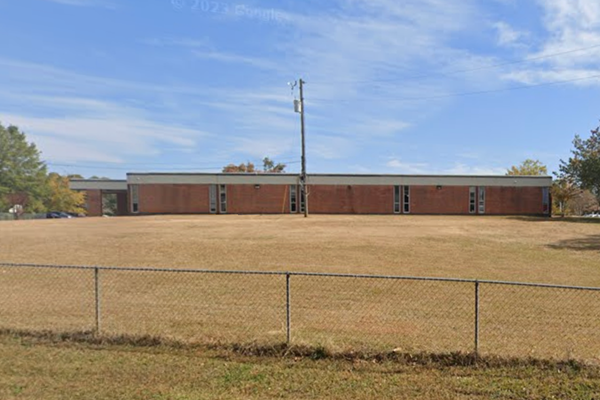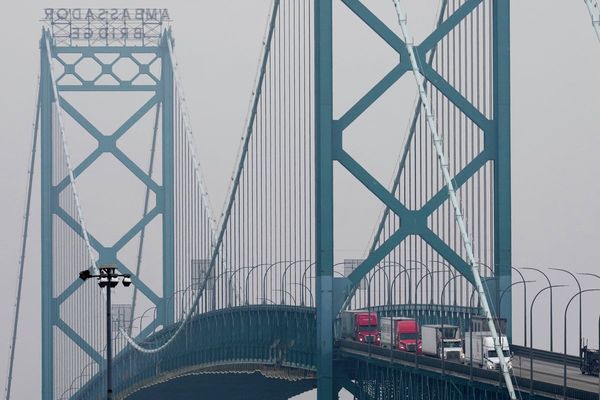
After days of unrelenting temperatures across much of the region, the American west is bracing for even more intense heat this weekend with more than a third of Americans under extreme heat alerts.
California is facing a powerful heat dome, bringing sweltering conditions expected to build on Friday and through the weekend, in central and southern parts of the state. The National Weather Service warned many residents they should prepare for the hottest weather of the year as desert area highs could exceed 120F (48.8C).
Death Valley national park was expected to equal or surpass its heat record of 130F (54.4C). Las Vegas could see three consecutive days with a high of 115F (46C), which has happened just once before, the NWS reported. Phoenix, which has endured a two-week stretch of temperatures above 110F (43C) with little relief in the evening hours, is expecting its hottest weekend of the year.
“We’ve been talking about this building heatwave for a week now, and now the most intense period is beginning,” the National Weather Service wrote on Friday.
The brutal heat comes as the US grapples with extreme weather across the country from the unforgiving temperatures of the west to tornadoes in Chicago and historic flooding in Vermont. Joe Biden has pledged to help communities prepare as Americans experience “the devastating impacts of the climate crisis”.
The heat could carry on into next week as a high pressure dome moves west from Texas. Forecasters warned that the long heatwave is extremely dangerous, particularly for older people, unhoused residents and other vulnerable populations. Officials across the west have repurposed public libraries, senior centers and police department lobbies as cooling centers, especially in desert areas.
“This weekend there will be some of the most serious and hot conditions we’ve ever seen,” said David Hondula, Phoenix’s chief heat officer. “I think that it’s a time for maximum community vigilance.”
The heatwave is already sending people to the hospital in Las Vegas – emergency room doctors reported treating dehydrated construction workers and passed-out elderly residents.
“This heatwave is not typical desert heat due to its long duration, extreme daytime temperatures and warm nights. Everyone needs to take this heat seriously, including those who live in the desert,” the National Weather Service in Las Vegas said.
In Palm Springs, where temperatures could climb to 120F (48.8C) this weekend, many homeless people in the desert city were left to contend with the heat on their own, with just 20 indoor beds at the lone overnight shelter.
John Summers, a homeless resident, climbed through a dry riverbed Thursday to seek shade at an encampment: “I basically just use water as much as I can. And hit shade. And, you know, the mall, wherever they’ll let you in,” he said.
Roman Ruiz, the city’s homeless services coordinator, said homeless residents struggle daily just to find a place with enough shade.
“I don’t know how anyone can do it really,” he said. “I feel so bad and yet there’s not much I can do.”
Meanwhile in northern California, cooling centers in and around Sacramento planned to offer some extended evening hours. In the small Central Valley city of Galt, about 25 miles south of the state capital, the police department planned to open its air-conditioned lobby through the warmest hours of the weekend.
Pet owners were urged to keep their animals mostly inside. “Dogs are more susceptible to heat stroke and can literally die within minutes. Please leave them at home in the air conditioning,” David Szymanski, park superintendent for Santa Monica mountains national recreation area, said in a statement.
Meanwhile the wildfire season is ramping up amid the hot, dry conditions with a series of blazes erupting across the state this week, Wade Crowfoot, secretary of the Natural Resources Agency, said at a media briefing this week.
The climate emergency is “supercharging” heat waves, Crowfoot added. California has instituted a $400m extreme heat action plan to protect workers, help vulnerable communities and assist local communities in opening cooling centers.
People looking to cool down in California’s many rivers should be wary, UCLA climate scientist Daniel Swain said, noting that waterways swollen from the epic Sierra Nevada snowpack remain dangerous as there is still snow left to melt.
“Be aware that the water will still be icy cold despite how hot the air will be and could be flowing very fast, much faster than usual for mid-July,” he said.







